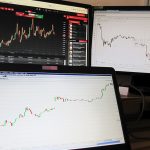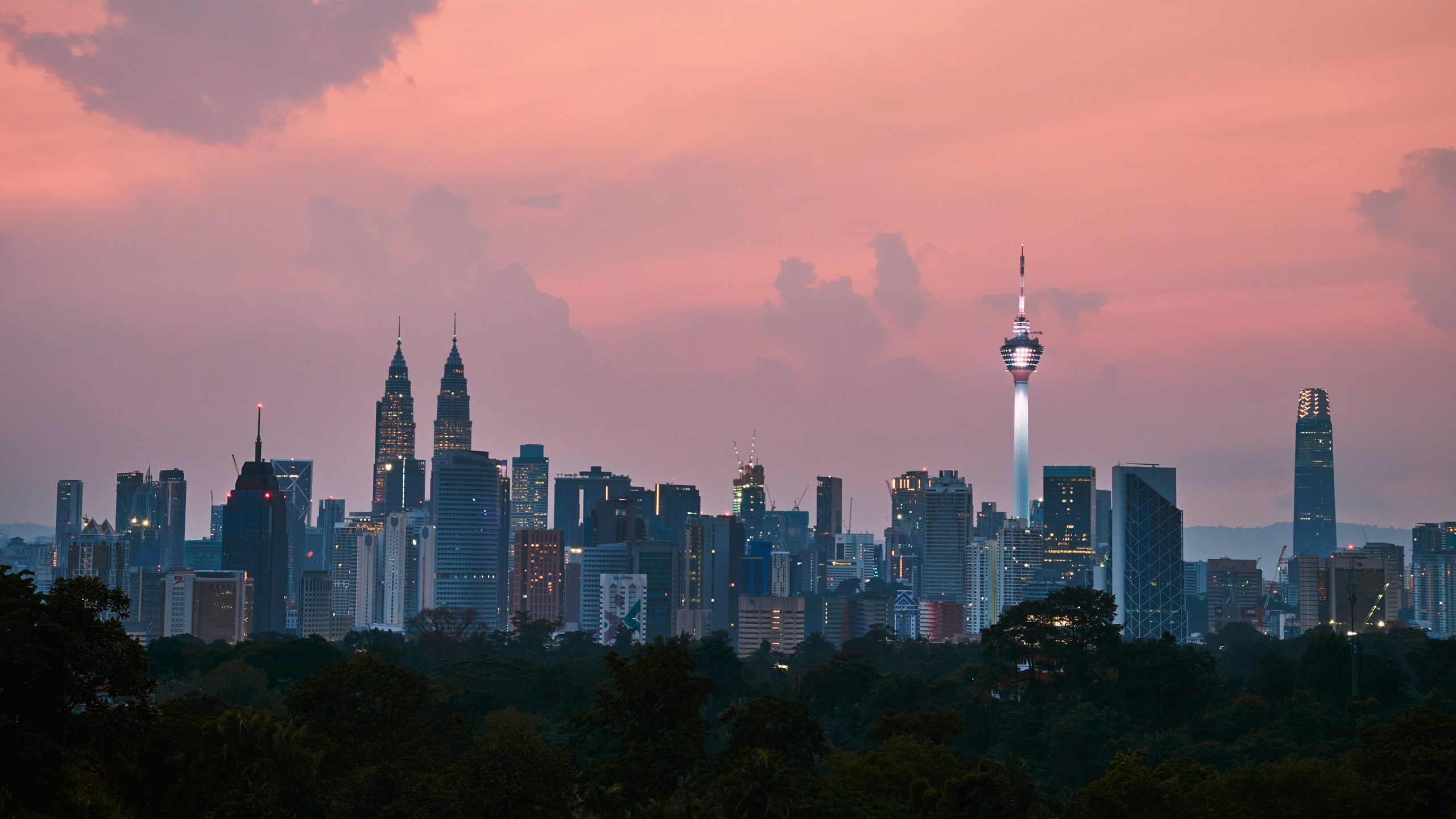The coronavirus pandemic hit Asia first, but its countries including emerging ASEAN—Indonesia, Malaysia, Philippines, Thailand, and Vietnam—have to date recorded considerably lower transmission and fatality rates per capita than other regions in the world.
“As of August 20, 2020, transmitted cases per million people stood at approximately 582 across emerging ASEAN countries compared with 16,737 in the USA, 4,121 in the Eurozone, and 9,924 in Latin America. ASEAN countries also experienced lower death rates—16 per million across versus 524 in the USA, 368 in the Eurozone, and 388 in Latin America,” reads a recent report by McKinsey & Company.
However, according to the global consulting firm, the lower fatality toll has not translated into rosier economic prospects for many ASEAN countries.
“In emerging ASEAN, governments generally weren’t able to mount the same magnitude of stimulus programs as developed nations to cushion the pandemic’s blow. Moreover, their significant informal economy and large unbanked population have hindered the distribution of relief aid.”
Citing forecasts, the report adds that these countries could face bigger economic challenges and a less certain outlook for economic growth in the coming years if the current trend holds.
Read more: Six Imperatives to Thrive in Asia-Pacific’s Retail Future
To speed up the economic recovery and make the gains more enduring, McKinsey says ASEAN countries need to reimagine their economies in five areas: manufacturing hubs, green infrastructure, investments in digital, talent reskilling, and high-value food industries.
Advancing as Manufacturing Hubs
According to the report, senior global executives are now more inclined than before to diversify supply chains from China to other Asian countries.
“Based on a survey of 150 global businesses by QIMA, 67 percent of EU executives and 80 percent of U.S. executives said they intend to shift sourcing to other Asian countries.”
McKinsey analysts believe that emerging ASEAN has a chance to attract new investment in labor-intensive manufacturing.
Several Southeast Asian countries have already taken steps toward this end:
- Thailand has announced plans to establish itself as an electric vehicle hub in five years;
- Malaysia has built up 4.3 gigawatts of solar-cell-module manufacturing capacity, which makes it the third-largest maker outside of China; and
- Vietnam has become a popular place for electronics manufacturing.
Emerging ASEAN has a chance to attract new investment in labor-intensive manufacturing.
McKinsey & Company
Investing in Basic and Green Infrastructure
McKinsey’s research shows that the proportion of renewable energy generated as a percentage of total energy in China, the United States, and the European Union rose from 18 percent in 2005 to 27 percent in 2020 as the cost efficiency of these technologies improved.
It adds that countries around the world are investing more in green infrastructure in the wake of the pandemic to stimulate economic recovery and create jobs.
“The European Union, for example, unveiled an $825 billion COVID-19 relief package that includes boosting clean energy and transport, with the goal of carbon neutrality by 2050. Likewise, China has announced its intent to attract $500 billion in investment for ‘new infrastructure’, including electric-vehicle charging stations.”
McKinsey argues that now is the best time for ASEAN to unlock economic growth by doubling down on green infrastructure such as renewable and energy efficiency technologies as well as addressing basic infrastructure gaps like limited access to the Internet and clean water.
“According to 2017 research by Heidi Garrett-Peltier, [green] technologies have nearly three times the job-creating impact of investment in fossil fuels. The current share of renewables in power capacity stands at 11 percent in Indonesia, 22 percent in Malaysia, and 22 percent in Thailand, compared with an Asia average of 34 percent, leaving ample room for investment and expansion.”
The report says ASEAN governments can increase penetration of renewables and energy-efficient technology in the following ways:
- Building capabilities that enable climate-risk modeling and assessment of climate change economics;
- Investing in a wide range of sustainability levers, such as building renewable-energy infrastructure and expanding the capacity of the power grid;
- Increasing financial incentives that encourage consumer and business investment;
- Coordinating complicated and interdependent infrastructure rollout; and
- Accelerating public sector uptake.
Building out green infrastructure such as renewable and energy efficiency technologies could accelerate economic growth.
McKinsey & Company
Preparing Companies for a Digital Future
The consulting firm’s observations show that coronavirus-related lockdowns caused an uptick in the adoption of digital channels across the world and within Asia, especially for spending on essential items.
“According to McKinsey’s COVID-19 consumer pulse surveys, users of the online grocery channel grew by as much as 60 percent in the United States. Some 20 to 40 percent of customers in India, Japan, South Korea, the United Kingdom, and the United States also tried ordering food online for pick-up at grocery stores for the first time, and 50 to 80 percent of new customers in these countries have indicated they will continue using these channels once lockdowns lift.”
The report says these developments could leave behind small- and medium-sized enterprises, which account for a significant share of the region’s economic activity. But it adds that this risk could be managed through government support and programs aimed at enhancing digital capabilities.
“Increasing digital adoption to levels seen in developed markets could boost GDP growth by one percent in Malaysia; and technology transformations could add $2.8 trillion to Indonesia’s economy by 2040.”
In McKinsey’s view, three actions beyond building internet infrastructure are required to utilize this opportunity:
- Developing digital capabilities in companies;
- Digitalizing government processes to encourage adoption by companies and citizens; and
- Providing financial incentives to boost digital adoption.
Increasing digital adoption to levels seen in developed markets could boost GDP growth in ASEAN countries.
McKinsey & Company
Facilitating Reskilling and Redeployment at Scale
McKinsey’s report highlights the impact of automation and digital technologies on the global workforce, saying that the economic downturn is accelerating job displacement.
“With job displacement may come opportunity. For example, the pandemic has moved society in the direction of contactless commerce, a development that could spur demand in the region for more skilled workers in digital fields. Increased demand for healthcare and related services may also lead to job creation,” it added.
Read more: What Are the Main Imperatives for Automation Success?
The company maintains that ASEAN countries should prioritize reskilling and redeployment at an unprecedented scale to address job disruptions caused by COVID-19.
It says such a strategy could comprise three elements:
- Facilitating a sufficient supply of reskilling and redeployment services;
- Providing funding to support demand for training; and
- Matching supply and demand through the use of data.
Countries should consider making reskilling and redeployment support available at an unprecedented scale to address job disruptions.
McKinsey & Company
Building High-Value Food Industries
Citing the World Bank, McKinsey says agriculture makes up a huge part of the economy for much of emerging Southeast Asia—14 percent in Vietnam, 12.7 percent in Indonesia, 7.3 percent in Malaysia, 8.8 percent in the Philippines, and 8 percent in Thailand.
“Strengthening and expanding the agricultural sector in these countries, especially through higher productivity, could increase its economic value-added while enhancing food security,” the consulting firm wrote.
It sees two opportunities for domestic growth that stand out in the region’s agricultural sector:
- Raising farmers’ productivity to help increase the competitiveness of local upstream production; and
- Expanding the agricultural sector into the downstream parts of the value chain, such as processing, packaging, and retail to enable greater value capture.
Strengthening and expanding the agricultural sector in ASEAN countries could increase its economic value-added while enhancing food security.
McKinsey & Company
McKinsey says now that the countries of Southeast Asia have managed to limit the rate of coronavirus infections and deaths, the next step will be to focus on the mentioned five key levers since such an effort could position them well in the years to come.







